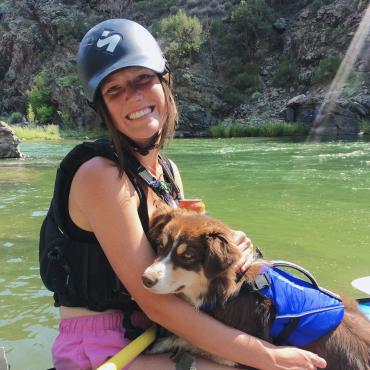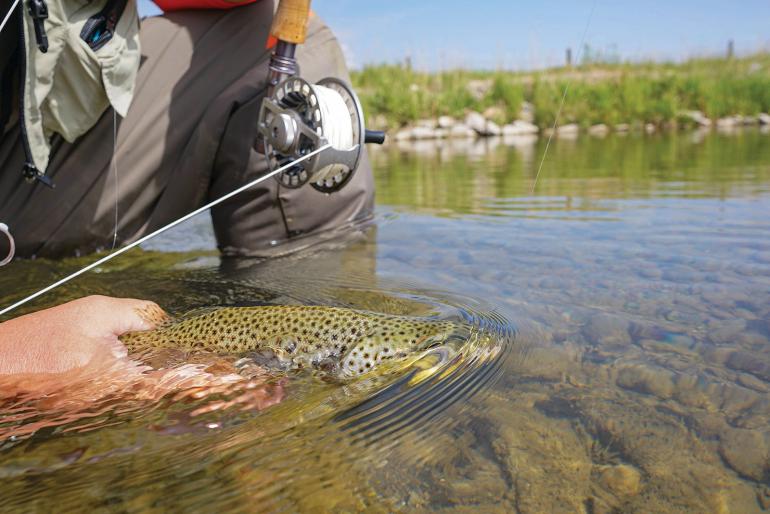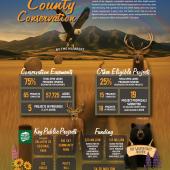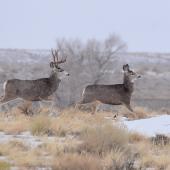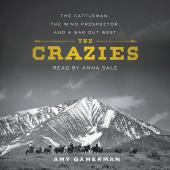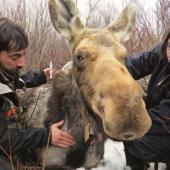Gone Fishin’… Be Back Around Two
The history and details of Montana's "hoot-owl" fishing restrictions.
It’s a late-summer afternoon. There are tubers floating downstream, swimmers in the eddies, and picnics on shore, but wait—where are the anglers? During the late summer months, as temperatures rise and water levels drop, trout across large portions of southwest Montana are allowed to rest and recover under the protection of a unique regulation: the “hoot-owl” restriction.
Local trout streams—like the Madison, Gallatin, Big Hole, Beaverhead, and Jefferson—are no strangers to this seasonal measure. The restriction, emplaced and enforced by Montana Fish, Wildlife & Parks (FWP), prohibits fishing from 2pm to midnight when water temperatures become dangerously high for trout. Warm water holds less oxygen, making it harder for fish to recover from the stress of being caught and released. If pushed beyond their limits, trout can more easily succumb to exhaustion, disease, or predation.
There are many factors FWP considers when deciding how to implement hoot-owl restrictions.
The term “hoot owl” originates from the logging industry. In the face of dry, fire-prone summers, loggers would stop work in the heat of the afternoon to prevent sparks from machinery from igniting wildfires. Their early-morning shifts often began alongside owls and their hoots—hence the name.
There are many factors FWP considers when deciding how to implement hoot-owl restrictions. For instance, if river temperatures hit 60-73 degrees Fahrenheit for three consecutive days (temperature thresholds vary by fish species), river flows fall below the fifth percentile relative to the average flow on record, or if waterbodies exemplify symptoms of pollution, disease, or drought. Any one of the above factors, or a combination thereof, can be cause for hoot-owl closures.
FWP’s biologists rely on both the U.S. Geological Survey and the Montana Department of Natural Resources and Conservation gauges to gather real-time data. “In sections lacking gauge data, we deploy temperature loggers in areas that typically struggle with high water temperatures,” explains Mike Duncan, Region 3 Fisheries Program Manager. “We also have weekly drought meetings with staff from across the state that typically start in May, which is well before we typically see concerns about flows and water temperatures. However, it allows us to evaluate snowpack and other long-term forecasts and trends to help inform the FWP Commission and public about what we’re anticipating for the coming summer. We also take angling pressure, weather forecasts, and the potential for angler displacement into account when deciding whether to implement or lift restrictions and closures.”
While some outfitters and guides take a financial hit from shorter fishing hours, many recognize that protecting trout populations ensures the long-term health of Montana’s fisheries—and subsequently, their jobs.
Southwest Montana’s famed rivers have already seen increased use of hoot-owl restrictions in recent years. In 2024, the Big Hole, Beaverhead, Jefferson, and Madison Rivers all faced closures in early July. While some outfitters and guides take a financial hit from shorter fishing hours, many recognize that protecting trout populations ensures the long-term health of Montana’s fisheries—and subsequently, their jobs.
Even with hoot-owl restrictions in place, the responsibility doesn’t end with FWP. Anglers can help by fishing early, handling fish gently, and avoiding pressured areas when conditions are tough. Montana’s wild-fish populations are vital resources worth protecting. Ensuring that future generations can experience the thrill of a rising fish in a cold, clear stream starts today.


